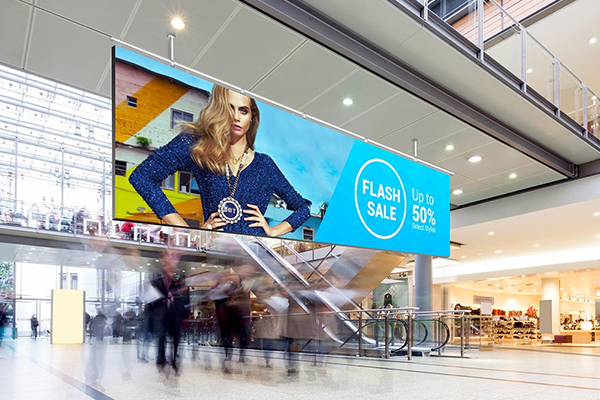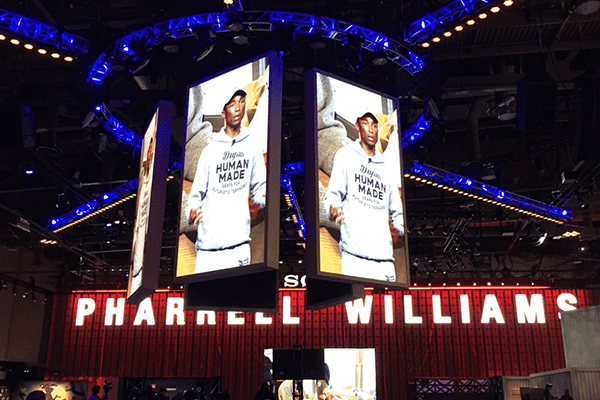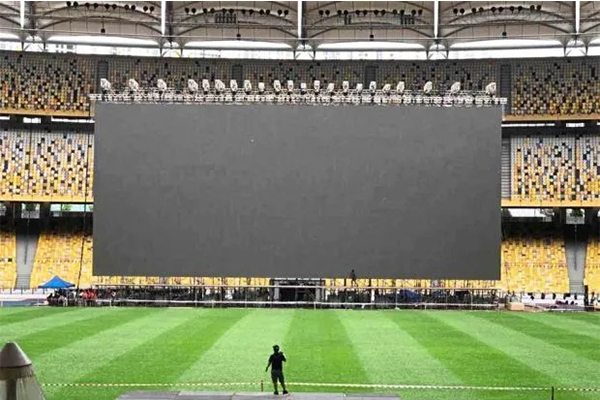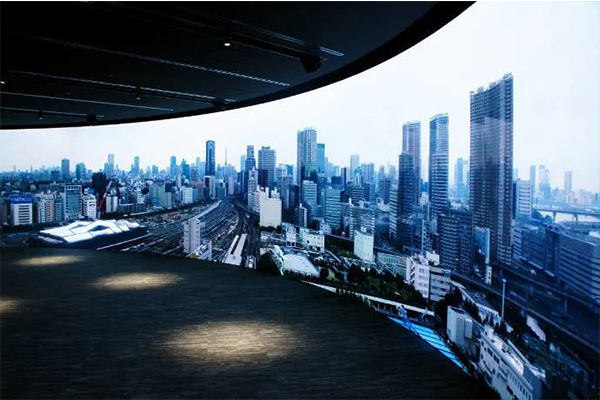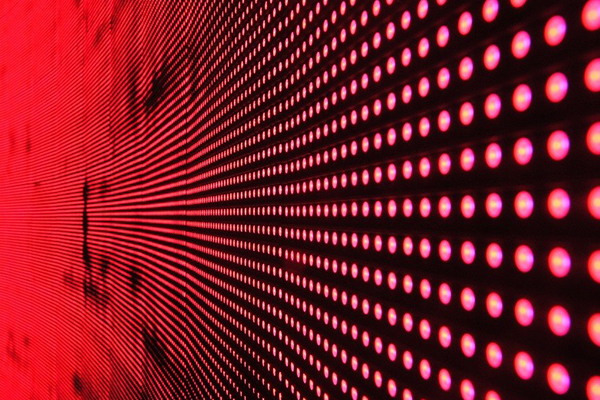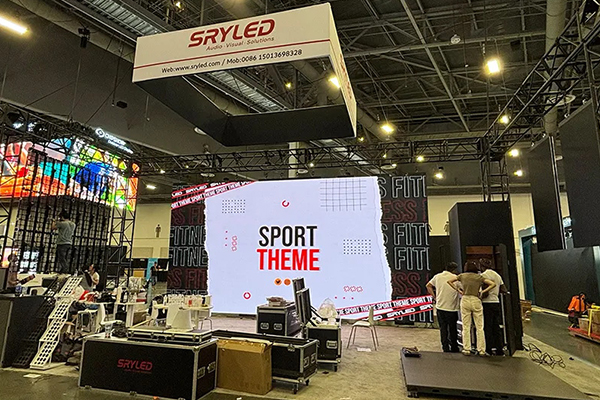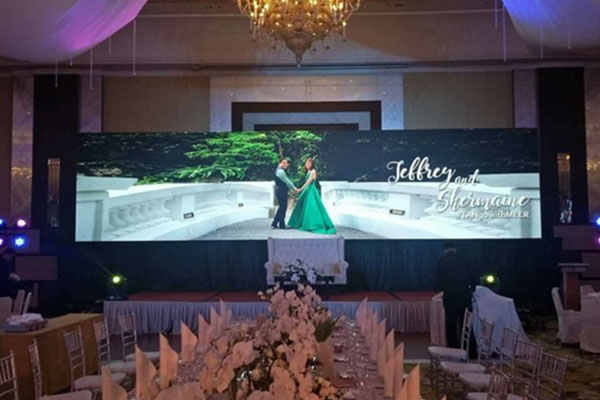Understanding the Dark Color of LED Displays
In our increasingly digital world, LED displays have become ubiquitous, finding their place in bustling streets, lively shopping malls, elegant theaters, and quiet museums. As display technology advances, so do our expectations for visual performance. One critical aspect of this performance is the display of dark colors. These darker hues significantly impact the overall visual experience, picture quality, and viewer engagement.
Defining Dark Color in LED Displays
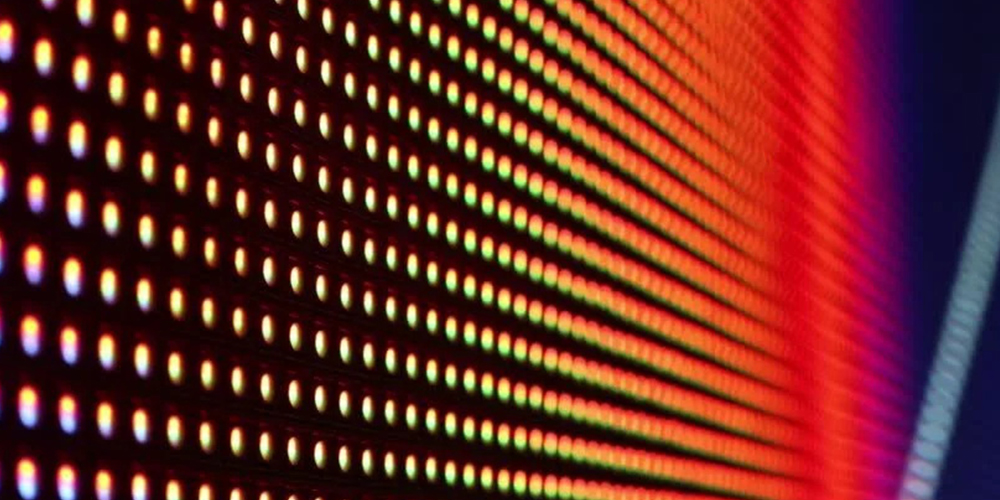
Dark colors on LED displays refer to hues with lower brightness and higher saturation, such as dark blue, dark red, and black. Achieving these dark colors involves reducing or turning off the brightness of specific pixels to create contrast with brighter areas. Particularly in full-color LED displays, the accurate portrayal of dark colors is crucial for high contrast and clarity, ensuring more natural and delicate transitions between light and dark scenes.
Visual Performance of Dark vs. Light Colors
Light Colors: Typically have higher brightness and lower saturation, offering a bright and light visual experience.
Dark Colors: Present lower brightness with higher saturation, providing a deeper and more solemn visual experience. This contrast enhances the image's layering and three-dimensional effect, making it more vivid and realistic.
Composition and Control of Dark Colors in LED Displays
Color Composition: Utilizes the primary RGB colors—red, green, and blue. Adjusting the brightness and ratio of these colors can produce various dark hues.
Brightness Control: Achieved by adjusting the current and brightness of the LED lamp beads. Lowering the brightness for dark areas can be done by reducing the current. Additionally, adjusting the backlight brightness can further enhance the display's dark areas.
Key Characteristics of Dark LED Displays

High Contrast
Contrast Effect: The significant contrast between dark backgrounds and bright pixels makes details and key points in the image stand out.
Visual Experience: High contrast enhances the image's layering and three-dimensional sense, making it easier for viewers to observe and enjoy the content.
Color Saturation
Presentation: Dark backgrounds ensure colors are more vivid and pure, as they reduce interference from the surroundings.
Impact on Image Quality: High color saturation contributes to realistic and natural color effects, improving overall image quality and viewer engagement.
Energy Saving
Advantages: Dark LED displays consume less power when displaying dark content, as the pixels are either off or at low brightness.
Energy Consumption: Lower energy consumption under dark backgrounds is achieved by reducing the brightness and optimizing the LED structure.
Image Quality Clarity
Performance: Dark LED displays excel in clarity due to the high contrast, making details and textures more prominent.
Impact of Dark Backgrounds: They highlight bright pixels, reduce ambient light interference, and enhance the image's layering and realism.
Choosing Between Dark and Light Colors
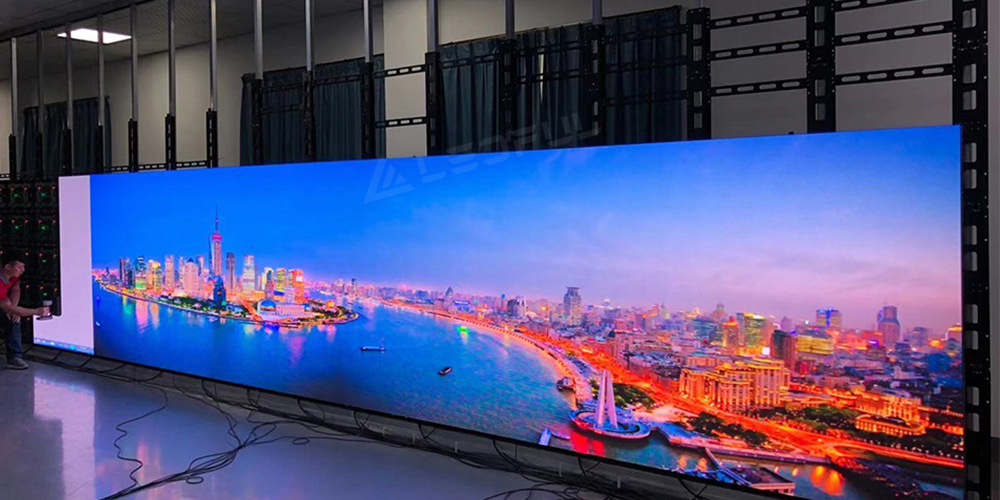
The choice between dark and light colors on LED displays depends on the specific application and needs. Each has its unique advantages:
Outdoor Billboards: Dark colors with high contrast and saturation ensure visibility in varying light conditions and attract attention effectively.
Cinemas and Theaters: Dark backgrounds enhance the immersive experience by highlighting details and reducing background light interference.
Museums and Art Exhibitions: Light-colored displays create a soft, comfortable atmosphere, suitable for long-term viewing and appreciating exhibits.
Applications of Dark LED Displays
Outdoor Billboards
Importance: Essential in busy commercial areas and transportation hubs, ensuring clear visibility and attracting attention.
Durability: Designed to withstand harsh weather conditions while maintaining visual quality.
Cinemas and Theaters
Usage: Used as background screens to create immersive viewing experiences by enhancing visual impact and realism.
Museums and Art Exhibitions
Display Effect: Highlight exhibit details and colors, creating a soft, comfortable viewing atmosphere.
Night Landscape Lighting
Role: Used in decorative lighting for buildings and public spaces, adding vibrancy and beauty to the night scene while being energy-efficient.
Future Trends in Dark LED Display Technology
Technological Innovations
High Contrast: Improvements in LED structure and image processing technology.
Color Saturation: Enhanced by wide color gamut technology and advanced algorithms.
Energy Efficiency: Achieved through low-power LED beads and intelligent brightness adjustment.
Market Prospects
Product Upgrades: Ongoing advancements will lead to higher contrast, better color saturation, and lower energy consumption.
Customization: Increasing demand for personalized display solutions based on specific needs.
Market Growth: Expansion driven by technological innovation and market demand.
Industrial Chain Development: Collaborative growth across the industry from chip manufacturing to display applications.
Conclusion
The evolution of dark technology in LED displays is set to continue, offering high contrast, vivid color saturation, energy efficiency, and exceptional clarity. These advancements promise significant benefits across various applications, from advertising to entertainment and exhibitions. As we move forward, dark LED displays will play an increasingly vital role in modern display technology, enhancing our visual experiences in diverse settings.
For more information on LED display screens, please feel free to get in touch with us.


 Send Email
Send Email whatsapp
whatsapp

